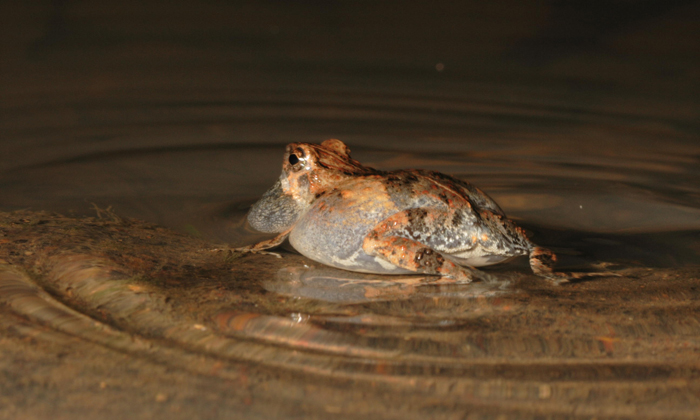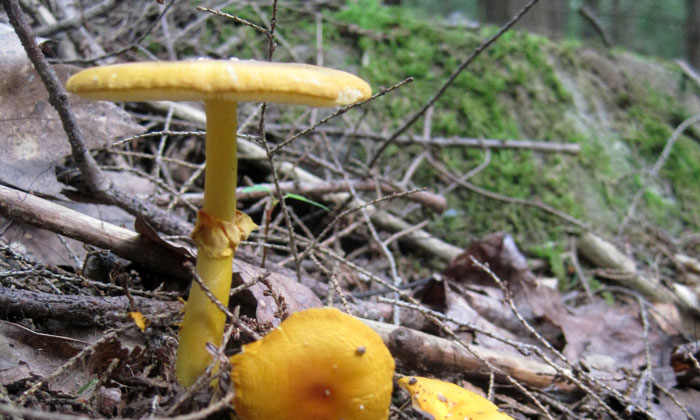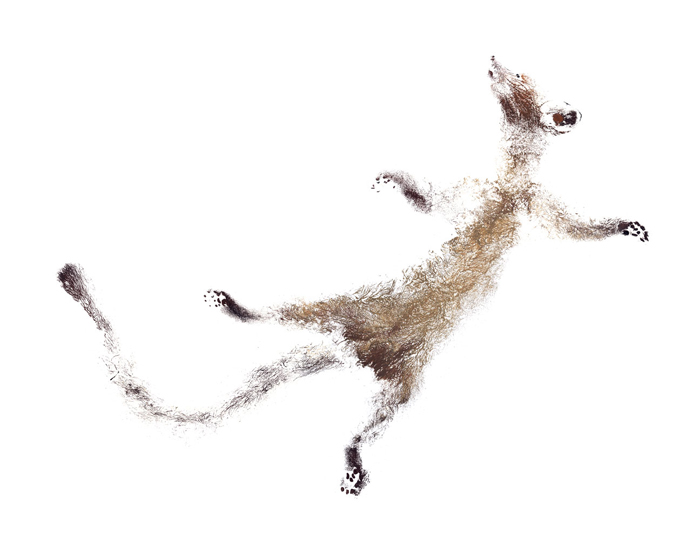Ruth Buskirk: Biologist and Teacher
From Costa Rica to Painter Hall, biology faculty member Ruth Buskirk has impacted the lives of countless students.

From Costa Rica to Painter Hall, biology faculty member Ruth Buskirk has impacted the lives of countless students.

As the male túngara frog serenades female frogs from a pond, he creates watery ripples that make him easier to target by rivals and predators such as bats, according to researchers from The University of Texas at Austin, the Smithsonian Tropical Research Institute (STRI), Leiden University and Salisbury University.
Kristen Grauman and Jonathan Pillow have been selected to receive Presidential Early Career Awards for Scientists and Engineers, the highest honor bestowed by the United States government on science and engineering professionals in the early stages of their research careers.
Microscopic fungi that live in plants' roots play a major role in the storage and release of carbon from the soil into the atmosphere, according to a University of Texas at Austin researcher and his colleagues at Boston University and the Smithsonian Tropical Research Institute. The role of these fungi is currently unaccounted for in global climate models.

Three faculty members from the College of Natural Sciences have been selected to receive the President's Associates Teaching Excellence Award for the 2013-2014 academic year at The University of Texas at Austin.
It was a big year for science in the College of Natural Sciences. "Aren't they all?" you might be asking yourself. Point taken. Of course our faculty, postdocs, staff and students are at the forefront of discovery.
Though not all of the amazing work happening in the labs around this campus spread across the Interwebs like crazy ants (ahem), here we present the top six stories of 2013 that did. These are the stories that went particularly viral, catching the eyes and minds of many. Hook 'em!

Two College of Natural Sciences faculty members have been elected fellows of the American Association for the Advancement of Science (AAAS).

Before checking out a new restaurant or food cart, people turn to Yelp! or rely on old-fashioned reviews from friends and family. Researchers at The University of Texas at Austin have found that bats do something similar, but only when their original dining source takes a turn for the worse.

Two researchers at the Texas Natural Science Center are combining art and science in a unique form that highlights a beauty in dead animals and animal biodiversity in Texas.
Two species of tawny brown singing mice that live deep in the mountain cloud forests of Costa Rica and Panama set their boundaries by emitting high-pitched trills, researchers at The University of Texas at Austin have discovered.